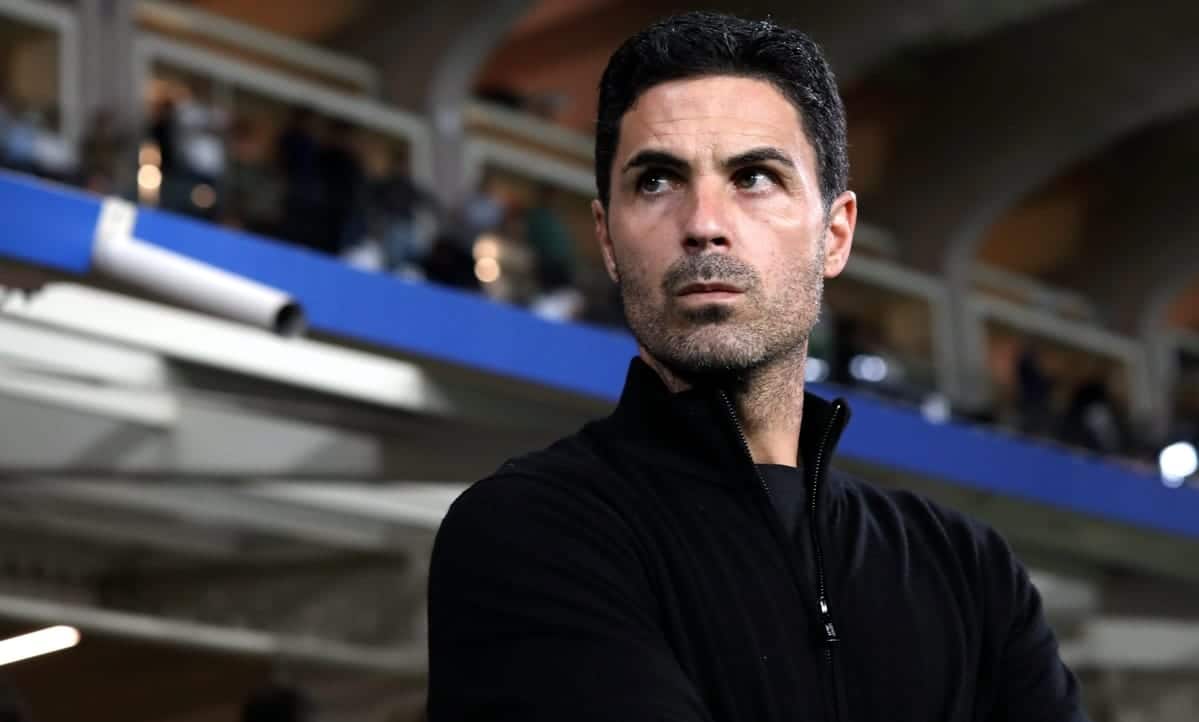
Mercedes has struggled with the brakes on the difficult Sao Paulo Grand Prix, the Brackley-based outfit’s trackside engineering director Andrew Shovlin has revealed.
Having jumped into the lead initially, George Russell led the opening levels of the Sao Paulo Grand Prix earlier than getting unfortunate with a purple flag interruption. The Briton made his pit cease earlier than the purple flag which meant that he discovered himself down in P5 when the race was restarted.
Though he might overtake Lando Norris on the restart, he spent the closing stint of the 69-lap race behind the Alpine of Pierre Gasly, crossing the end line in P4.
Throughout the 69-lap race, Russell was heard reporting points with the brakes of his W15. Reflecting on the problem throughout his normal post-race evaluation, Mercedes trackside engineering director Andrew Shovlin famous that the Brackley-based outfit will examine the issue at its base.
“We had points with the brakes, and George was speaking about this. He mentioned it felt just like the brake discs had warped. Carbon brake discs don’t warp.
“They’re usually fairly planar, and you don’t get these points. However you will get peculiar issues taking place on the floor meaning you’ve got larger friction in some areas.
“That may then create a vibration, and that vibration might be felt by the pedals. So, it might really feel just like the discs usually are not spherical, however virtually at all times if you test them, they’re.
“We aren’t actually certain why that was the case, and that’s what we’re investigating now. These brake discs have come again to the manufacturing facility, so we are able to take a look at them.”
Shovlin estimated that the problem might have led to a lack of three tenths of a second per lap as Russell needed to be cautious below braking.
“Listening to different drivers’ feedback, we weren’t the one ones who had been battling both brake vibration or grabbing and George felt that it was costing him two, possibly even three tenths a lap, simply from that uncertainty of whether or not or not they’re going to lock or whether or not they’re going to vibrate going into the large braking zones.”
The British engineer famous that Russell didn’t encounter any points in dry circumstances which could point out that the low temperatures in the course of the race additionally contributed to the uncomfortable feeling with the brakes.
“One issue was they had been operating fairly chilly. This was within the moist circumstances.
“There are alternatives to alter the brake ducts, however as we had been into that race with none extended moist operating, we needed to estimate the place the temperatures could be.
“It might be that these very chilly temperatures on the carbon was inflicting a difficulty, so we are going to take a look at that. However within the dry, they had been completely nice. There’s a bit for us to analyze and perceive.”
F1















